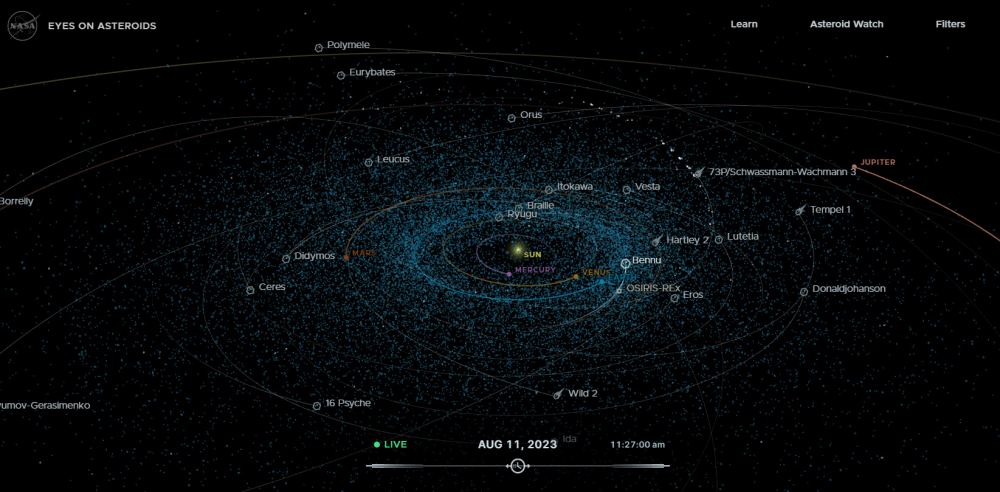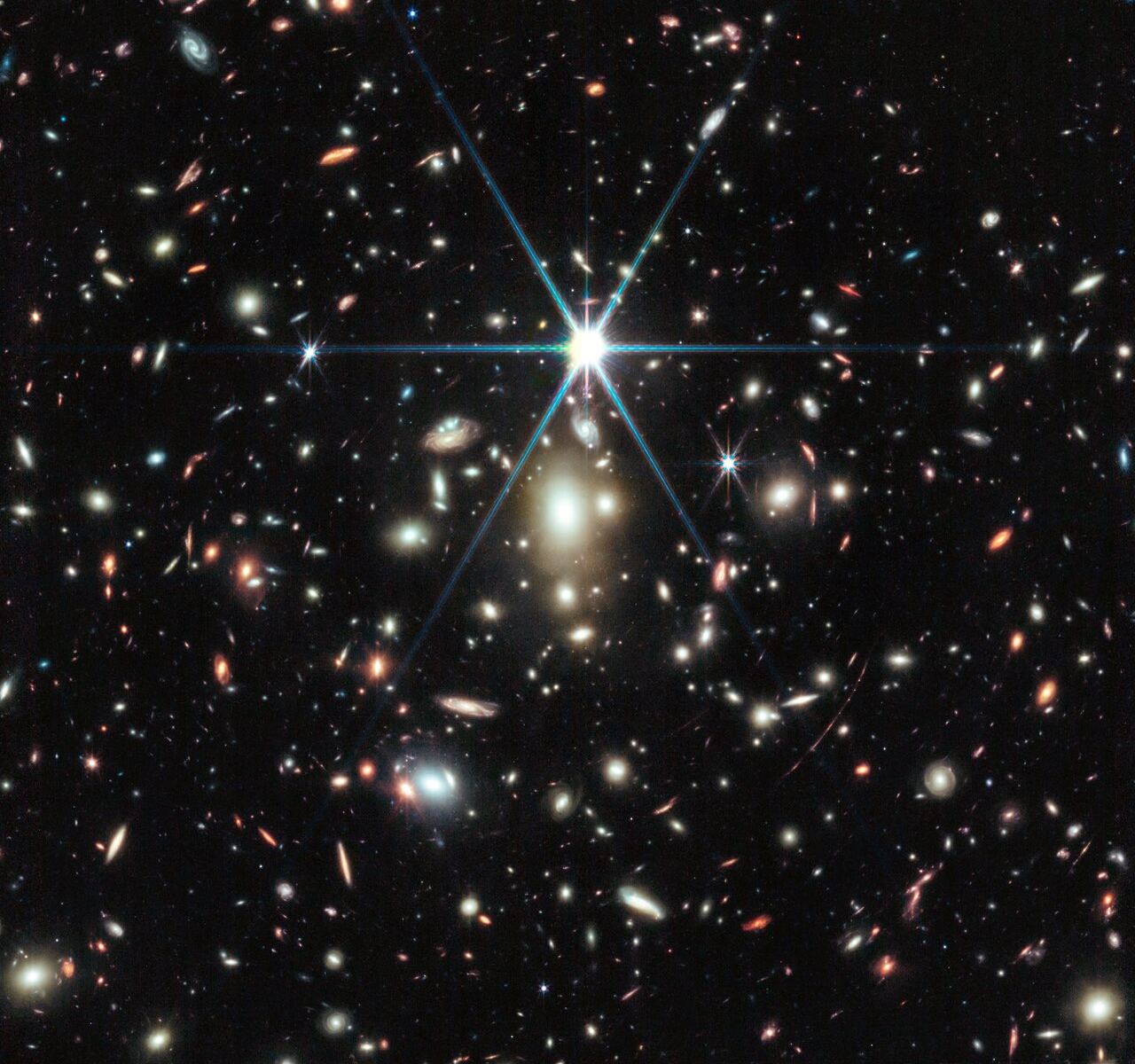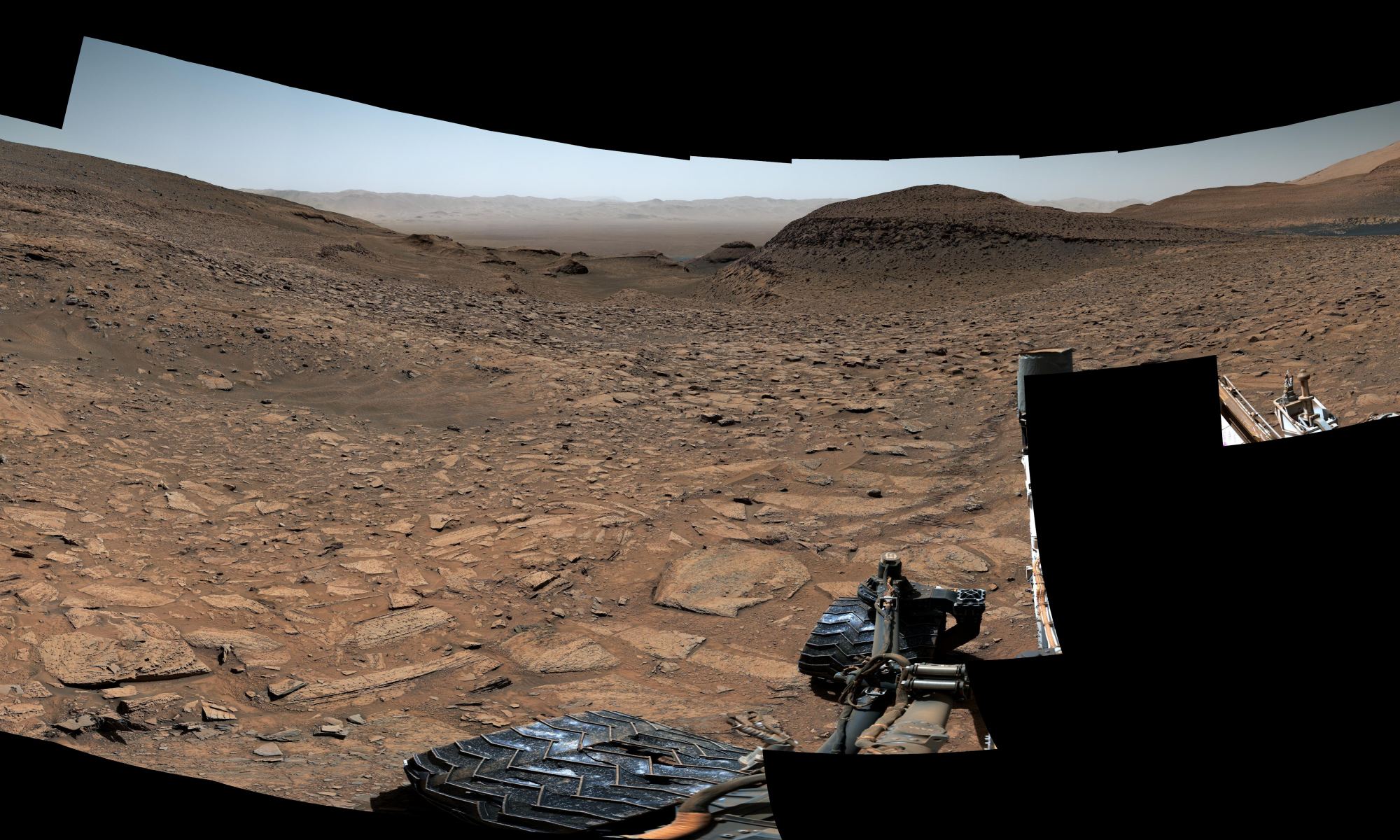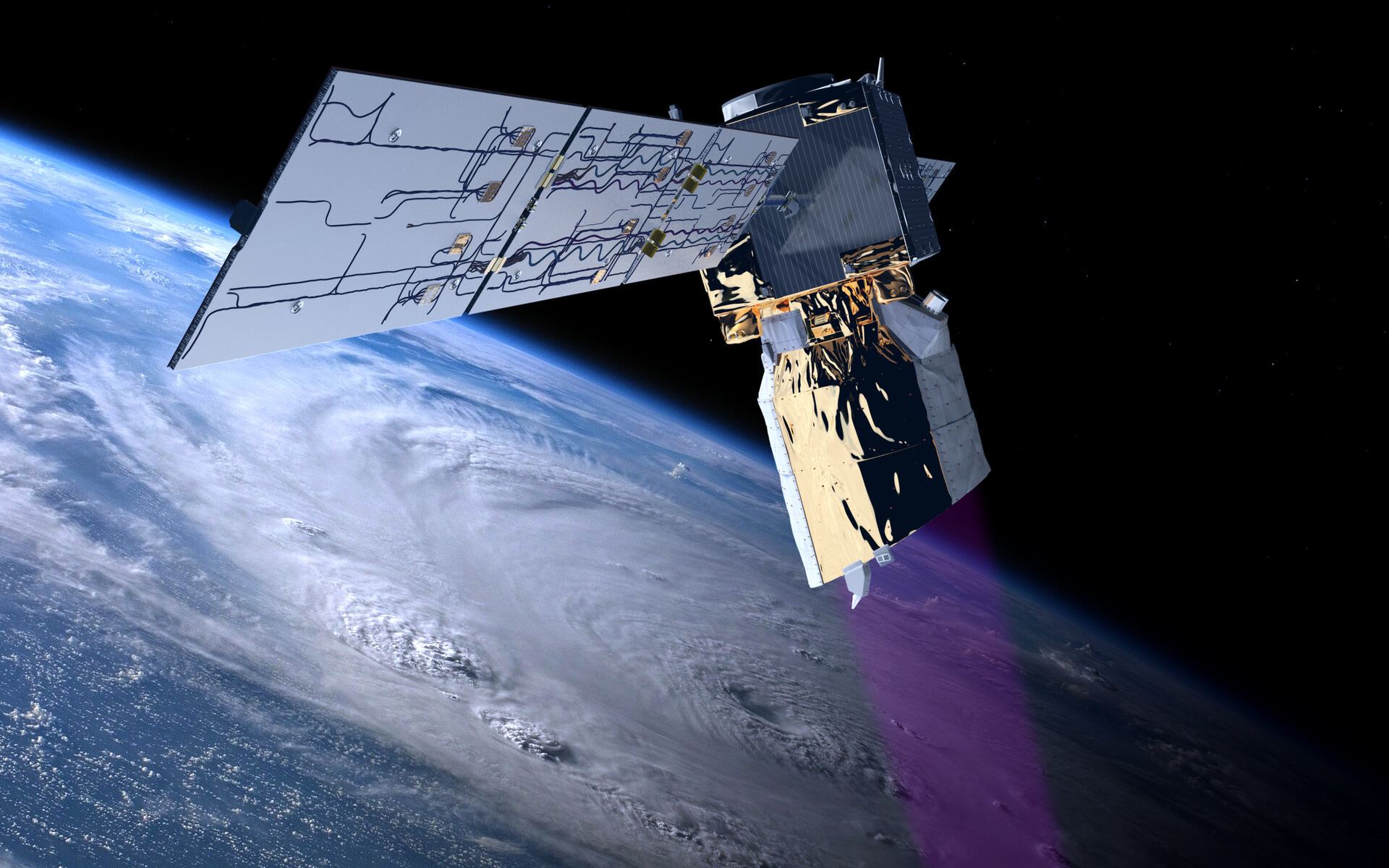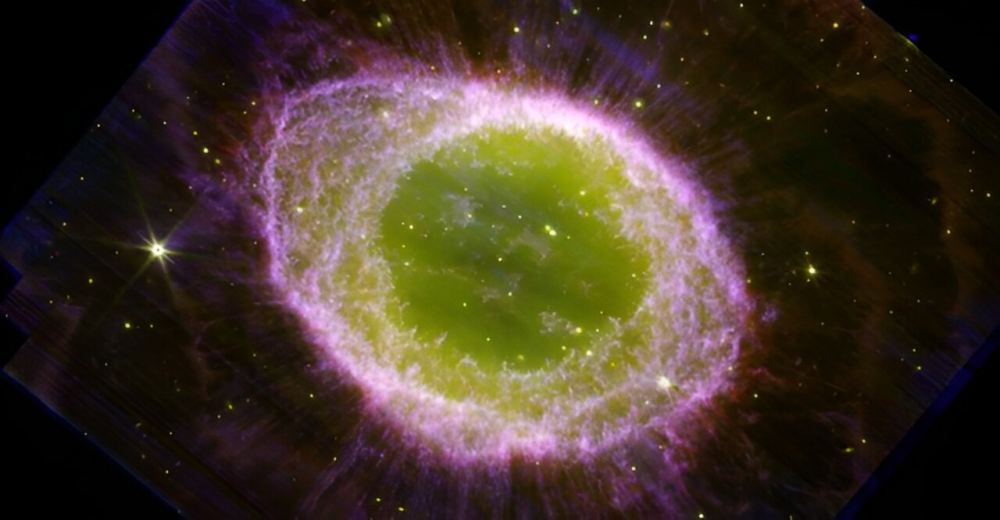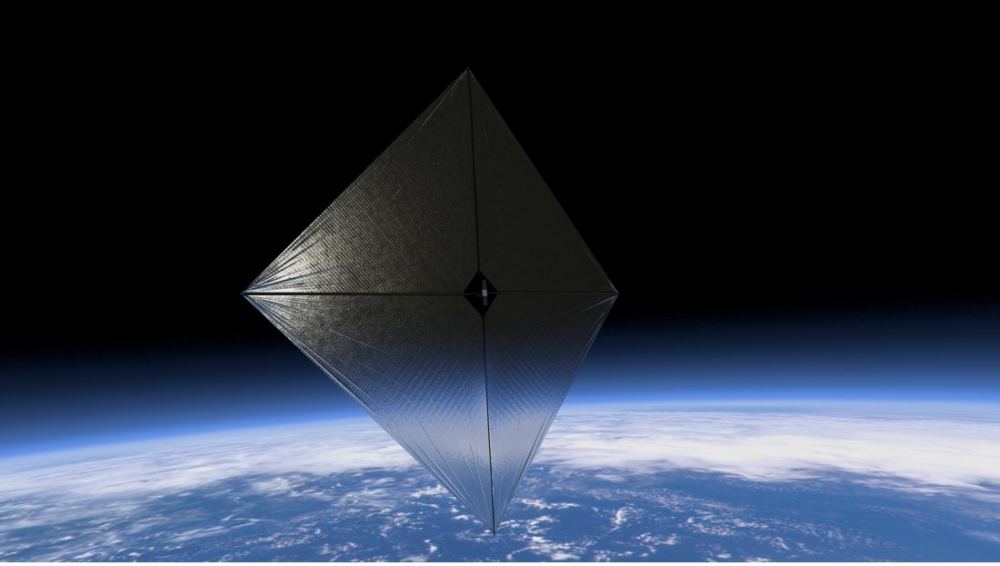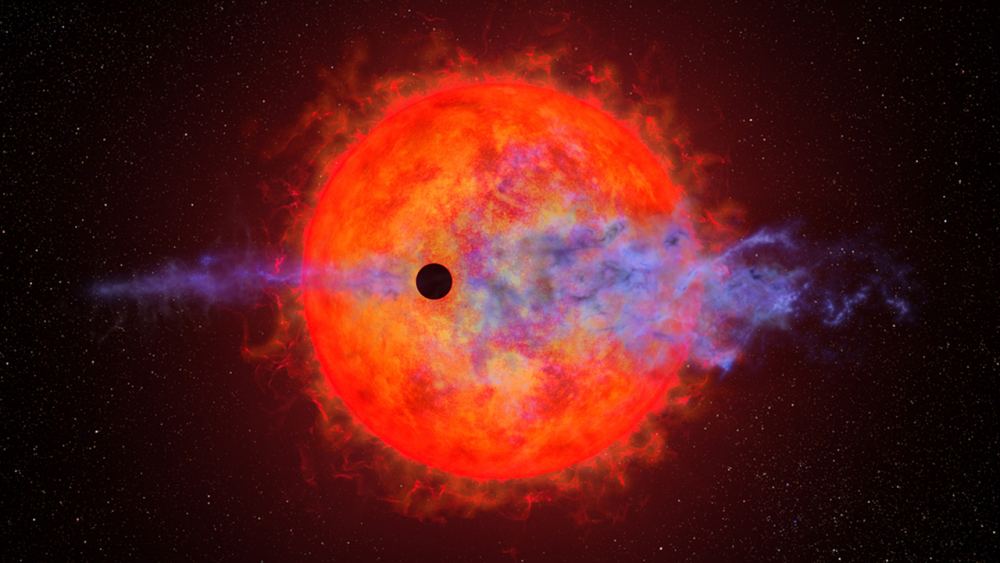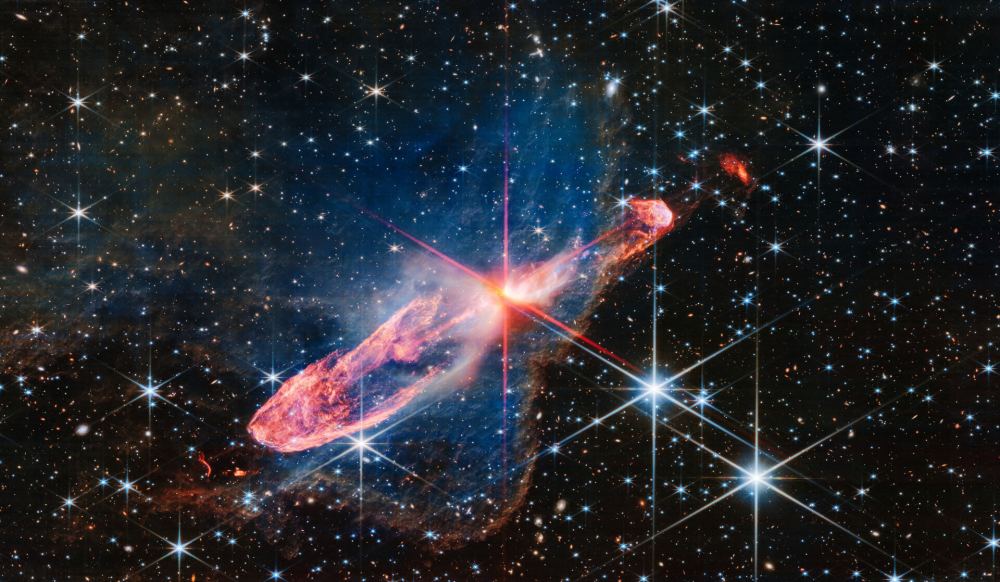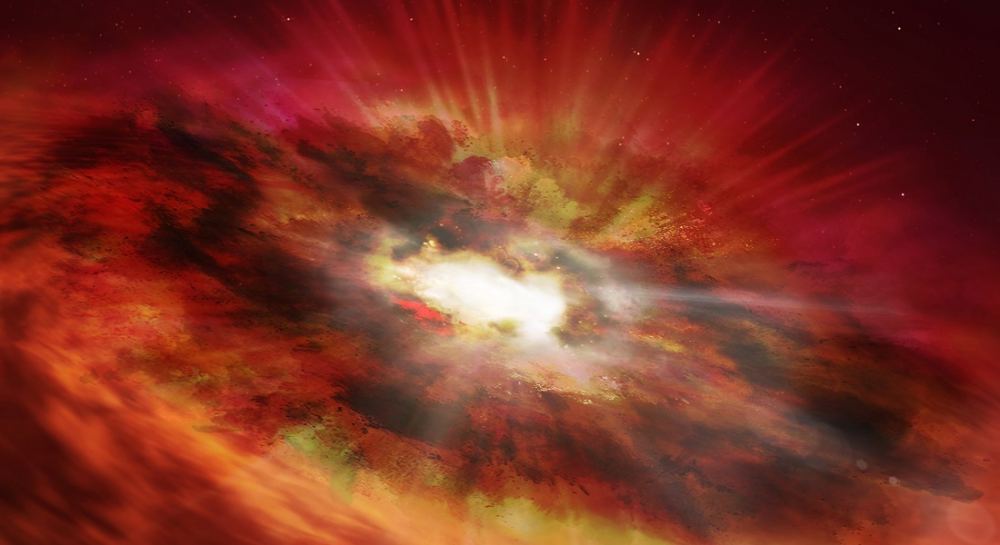Every day meteoroids blast through our planet’s atmosphere to hit the ground as meteorites. A team of researchers in Italy traced twelve of them to progenitor asteroids that orbit in near-Earth space.
Continue reading “Researchers Match Up 12 Meteorites with the Near-Earth Asteroids They Came From”Researchers Match Up 12 Meteorites with the Near-Earth Asteroids They Came From
